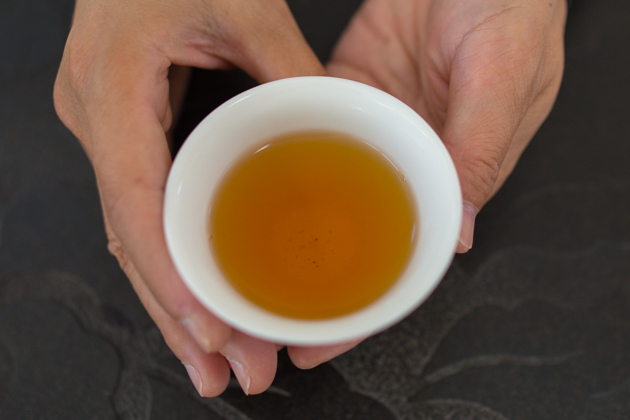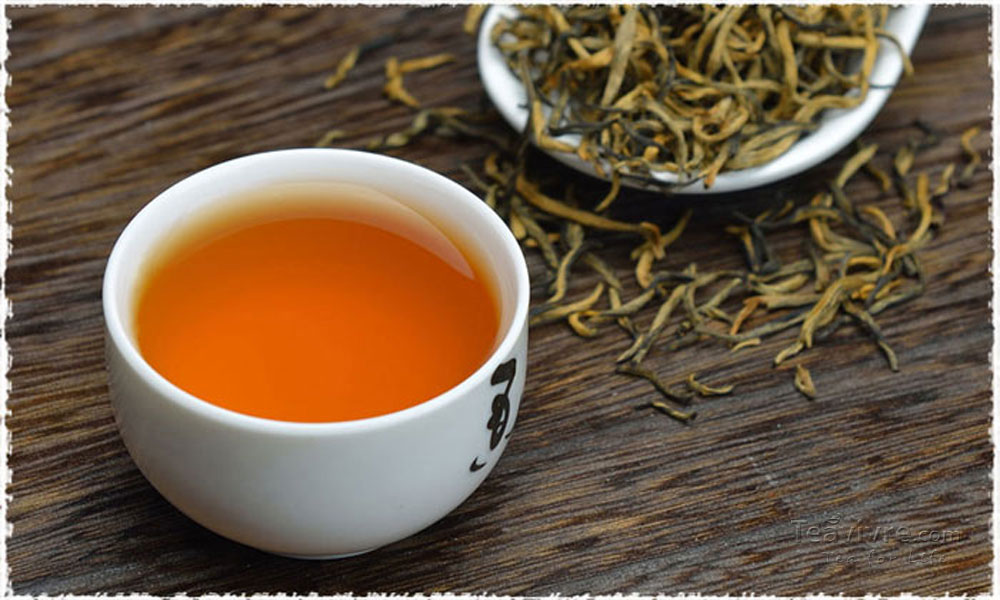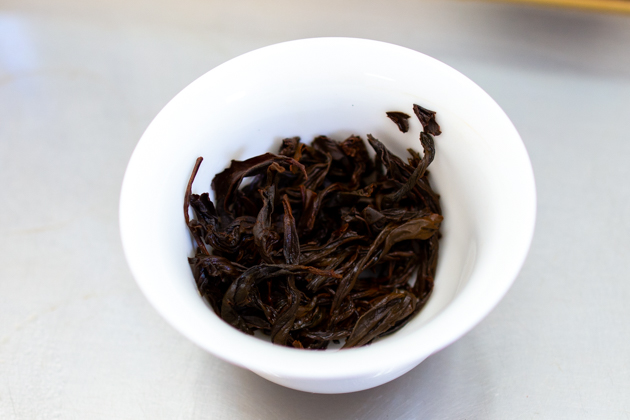What is the difference between the taste characteristics of Anji black tea and Anji white tea?
New and chic black tea with aromas of malted grain, mellow fruit and honey sweetness. Anji red is made from the same amino acid-rich variety as Anji white tea and green tea. Angel Red in 2021 maintains the characteristics of the glycol black tea you saw last year. The demand for this kind of tea is very strong, so we added it to our regular catalogue. Origin of Tea Anji County, Huzhou City, Zhejiang Province
Tea varieties
Baiye No.1
The green season is in early April.
Yuqing standard one bud and two leaves for many years, the light jade leaf of Anji white tea green tea has been our main product because its flowers are light, flexible and rich in amino acids. Now, you can see how these tastes change when the same leaves are processed into amazing Anji black tea. Under the action of oxidation, the unique quality of Baiye No. 1 tea tree will develop into a rose amber color with aromas of malt, honey and molasses. The longer the soaking time, the darker the taste, the darker the color, the stronger the fruit, but for black tea, Anji red still maintains a unique delicacy.
The harvest time of Anjihong is similar to that of its sister green tea, Yuqianji white tea, which is picked with one bud and two tender leaves. These two kinds of tea trees come from the same "hundred Leaf No.1" tea tree. The difference lies entirely in the processing technology that turns tea into green or black tea. As a kind of non-traditional high-end black tea, Anjihong is more similar to Yunnan old tree Dianhong, Qimen Caixia and other rare high-end black tea in sweetness, but it also has a unique soft characteristic.
Unique characteristics of Anji Black Tea Variety
Pale Anji white tea grows on the tea tree.
Tea leaves that are harvested later in spring are made into black tea with a stronger flavor. The light jade leaf of Baiye No. 1 is unique in its high amino acid content, which contributes to its sweet and sedative effect. Some studies have estimated that the amino acid content of Baiye 1 is about three to five times that of other varieties. Before the temperature rises to 25 degrees Celsius in early spring, the leaves have the lightest color and the most abundant amino acids. Once the temperature rises above this temperature, the leaves will obviously turn green and the taste will change. Therefore, there is only the first spring harvest of Baiye. No matter how it is processed, the tea of Baiye No.1 is often made very exquisitely. We chose the leaves that matured slightly in late spring for Anjihong to grow to one bud and two leaves. The leaves at this growth stage have a stronger body and are suitable for black tea, while still expressing the unique characteristics of the variety.

Recent changes in the production of black tea in China although Chinese black tea has historically been produced as an export commodity, high-end black tea produced according to the strict specifications of China's best green vegetables has become increasingly popular in China in recent years. As a result, many manufacturers began to use their own green tea to make black tea. Anjihong is one of the products of this trend, which first appeared in the tea market in 2010. "Anji" refers to the origin of Anji, Zhejiang Province.
Anji white tea and green tea have a long history
The mother clump of Anji white tea and green tea grows on the hillside, with a stone tablet in front of it.
The mother cluster of Anji white tea green tea is estimated to have a history of more than 300 years. The history of this kind of tea can be traced back at least to the famous Song Emperor Song Hui (1082-1135). As an artist and an avid tea lover, he wrote a book about tea and devoted a whole chapter to describing the weak tea of "white tea". In addition, Lu Yu (733-804), a famous tea sage in the Tang Dynasty and the author of the world's first book on tea, described its birthplace Anji as a treasure of tea. However, he did not mention the specific tea or source. It took tea scholars and tea masters 900 years to link the two kinds of tea together, realizing that they were talking about the same kind of tea and discovering the white tea shrubs that still exist in Anji. Since 1980, these tea trees have produced enough tea trees to become a commercial crop. Since then, Anji white tea has become the most popular green tea in the tea industry because of its limited production and extensive history. Today, all white tea trees have evolved from two mother trees, and only one is still alive. It is estimated that the existing mother tea tree has a history of more than 300 years, and its hillside has now become a destination for loyal tea drinkers in China.
Important Notice :
前街咖啡 FrontStreet Coffee has moved to new addredd:
FrontStreet Coffee Address: 315,Donghua East Road,GuangZhou
Tel:020 38364473
- Prev

What is the difference between Yunnan red gold needle, Yunnan red gold wire and Yunnan red gold bud blue standard? Which is better for tea taste and aroma?
Picked tea buds turn beautiful gold instead of black because early spring tea buds are rich in antioxidants and low levels of chlorophyll. This kind of tea tastes soft, full, sweet and has the aroma of cocoa powder even when it is cold soaked. This multi-layer bud requires superb craftsmanship to be processed into black tea. Tea producing area is Linlin in Yunnan Province.
- Next

The aroma characteristics of Zhengshan race the origin story and origin of the first kind of black tea in the world
Black tea is made from spring buds and leaves planted and processed in Tongmu Village, the birthplace of black tea 450 years ago. Full-bodied, with the characteristics of origin: exquisite rosin, deep amber body, crisp longan fruit, sweet finish. It's good for those who want smoked black tea with less smoky flavor, even
Related
- What effect does Italian American coffee with filter paper have? Will coffee taste better if it is put on filter paper at the bottom of the powder bowl?
- What is the color difference in coffee beans? What are the characteristics of honey processed coffee beans? Why are the anaerobically treated coffee beans uneven in color?
- How does novice Xiaobai quickly get started and make coffee? Newbies learn to make coffee by hand and share the specific steps and process process!
- Costa tea has a shelf life of 100 years?! Expert: Unable to verify
- It's a huge uproar! American milk addition was rejected by Manner employees?!
- Mocha pot coffee bean recommendations| How fine and how much powder should be used for grinding? What parameter ratios do I need to use to make milk with Mocha pot coffee?
- What are the characteristics of the world's top ten coffee beans treated with Costa Rica honey? How to make black honey kadura from Tarazhu Pilon Processing Plant taste good?
- How to make deep-roasted coffee? What grinding water temperature does authentic Jamaica Blue Mountain No. 1 coffee use to brew it well?
- Selected high-grade rose summer coffee flavor tasting guide Why Panama rose summer has the aroma of flowers and fruits
- What equipment does a novice Xiaobai need to buy to learn to make coffee? Filter cup electronic scale bean grinder manual flushing pot purchase guide

